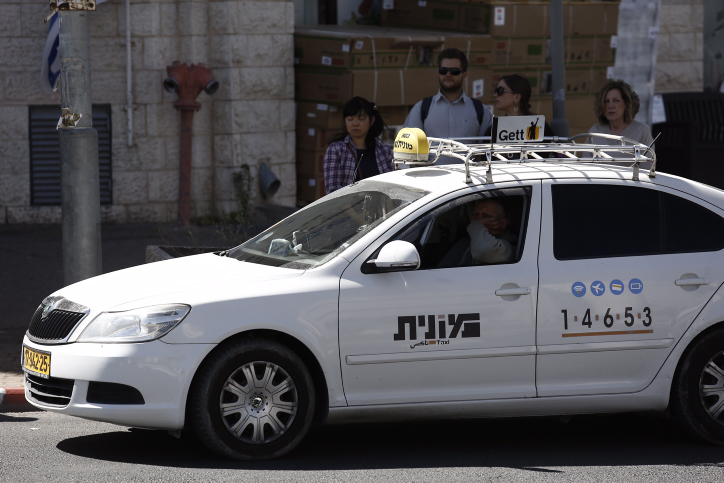Q. What is “Rosh Hashana”?
A. Rosh Hashanah is the autumnal festival celebrating the start of the Jewish New Year and the creation of the world. Since the Jewish year follows the moon and not the sun, the secular date varies but is generally in the month of September. According to the Hebrew calendar, Rosh Hashanah occurs on the first and second days of Tishri.
Q. What does the phrase “Rosh Hashana” mean?
A. In Hebrew, the phrase Rosh Hashanah literally means “head of the year” and thus the holiday is commonly known as the Jewish New Year. This name is somewhat deceptive to those unaffiliated with Jewish practices, however, as there is little similarity between Rosh Hashanah, one of the holiest days in the Jewish year, and the Western, secular interpretation of New Years.
There is, however, one important similarity between the Jewish New Year and the secular one: many people use the New Year as a time to make resolutions and plan to lead a better life. Likewise, the Jewish New Year is a time to begin introspection, looking back at the mistakes of the past year and planning the changes to make in the new year. This period of introspection does not end at the conclusion of Rosh HaShanah but actually stretches for ten days, known commonly as the Days of Repentance, until Yom Kippur.
Q. Does the term Rosh Hashana appear in the Torah?
A. No The name “Rosh Hashanah” is not used in the Torah to discuss this holiday. The Torah refers to the holiday as Yom Ha'Zikkaron (the day of remembrance) or Yom T'ruah (the day of the sounding of the shofar). In the book of Nehemia it is referred to as a “holy day”.
Q. What is a Shofar?
A. The shofar is a ram's horn which is blown somewhat like a trumpet. One of the most important observances of this holiday is hearing the sounding of the shofar. A total of 100 notes are sounded each day during the course of the Mussaf (additional) prayer. There are four different types of shofar notes: tekiah, a 3 second sustained note; shevarim, three 1-second notes rising in tone, teruah, a series of short, staccato notes extending over a period of about 3 seconds; and tekiah gedolah (literally, “big tekiah”), the final blast in a set, which lasts 10 seconds minimum. The Bible gives no specific reason for this practice but Rabbi Saadia Gaon offered ten reasons why we should blow the Shofar (see separate list)
Q. Is the Shofar blown even when Rosh Hashana falls on Shabbat?
A. No, the Shofar is not blown on Shabbat because the Sages were concerned that a person might carry in a public area on Shabbat in order to learn how to blow the Shofar, so they cancelled the Shofar blowing on Shabbat (They also had other reasons for this).
Q. Can one do any regular activities on Rosh Hashana?
A. No, Rosh Hashana is similar to Shabbat and most activities are prohibited. However, cooking (without creating a new flame) and carrying in public places is permitted unlike Shabbat.
Q. What are the Simanim?
A. The Simanim –signs are mentioned in the Talmud as portents which a person should perform on Rosh Hashana to help him during the coming year. The most famous Siman- eating apples with honey- is not mentioned in the Talmud, but has a number of reasons, although the most famous one is to imply a sweet year to come. (see separate list). We also dip bread in honey (instead of the usual practice of sprinkling salt on it) at this time of year for the same reason.
It is also customary to eat from the head of a fish, as well as eating dates, pomegranates, leek and kidney beans. Regarding each of these a prayer is said requesting good fortune in the new year.
Q. What is the Tashlich custom?
A. For Tashlikh (lit. “casting off”) we walk to flowing water, such as a creek or river, on the afternoon of the first day of Rosh Hashana and empty our pockets into the river, symbolically casting off our sins. This practice is not discussed in the Bible, but is a long-standing custom.
Q. What is the main focus of the Rosh Hashana prayers?
A. Religious services for the holiday focus on the concept of God's sovereignty. The main addition to the prayers is the insertion of thirty extra verses in the additional prayer- ten which deal with G-d's sovereignty, so that a person in a sense coronates G-d as King on the day he created the world, ten which mention G-d's attribute of remembering both good deeds and bad ones, and ten which discuss the Shofar and its significance.
Q. How do I greet someone on Rosh Hashana?
A. The common greeting at this time is Shanah Tovah (“A good year”). This is a shortening of “L'shanah tovah tikatev v'taihatem” (or to women, “L'shanah tovah tikatevi v'taihatemi”), which means “May you be inscribed and sealed for a good year.” On the first night we add Le'altar Lechaim Tovim Va'arucim (“immediately for a long and good life”) but after the first night this is not added as it is assumed that the decree has already been decided for the coming year.
Q. Why is Rosh Hashana called the 1st of the seventh month in the Torah? It should be the first month?
A. There are a number of “new years”. Nissan 1 is the new year for the purpose of counting the reign of kings and months on the calendar. Tishrei 1 is the time when G-d created the world and judges it each year.
Q. What is the judgment on Rosh Hashana?
A. The judgment refers to this world. A person is judged based on the actions of the previous year whether he deserves to live in the coming year and what will befall him during that time. This has nothing to do with the final judgment of a person for the world to come, which takes place after a person's death.





